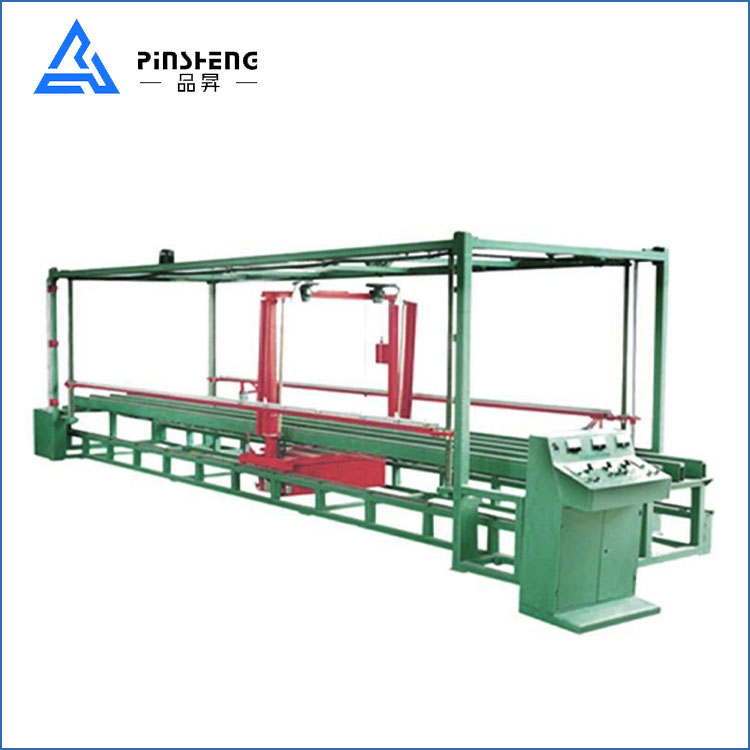- English
- Español
- Português
- русский
- Français
- 日本語
- Deutsch
- tiếng Việt
- Italiano
- Nederlands
- ภาษาไทย
- Polski
- 한국어
- Svenska
- magyar
- Malay
- বাংলা ভাষার
- Dansk
- Suomi
- हिन्दी
- Pilipino
- Türkçe
- Gaeilge
- العربية
- Indonesia
- Norsk
- تمل
- český
- ελληνικά
- український
- Javanese
- فارسی
- தமிழ்
- తెలుగు
- नेपाली
- Burmese
- български
- ລາວ
- Latine
- Қазақша
- Euskal
- Azərbaycan
- Slovenský jazyk
- Македонски
- Lietuvos
- Eesti Keel
- Română
- Slovenski
- मराठी
- Srpski језик
The basic concept of the EPS machine
2021-12-01
EPS is the abbreviation of electric power steering, namely electric power steering system.(EPS machine) Electric power steering system is the development direction of automobile steering system. The system directly provides steering power by the electric power assisted machine, which eliminates the power steering oil pump, hose, hydraulic oil, conveyor belt and pulley installed on the engine necessary for the hydraulic power steering system, which not only saves energy, but also protects the environment. In addition, it also has the characteristics of simple adjustment, flexible assembly and providing steering power under various conditions. With these advantages, as a new steering technology, electric power steering system will challenge the well-known hydraulic steering system with a history of more than 50 years.
According to the different installation positions of the power assisted motor(EPS machine), EPS system can be divided into steering shaft power assisted type, gear power assisted type and rack power assisted type. The motor of the steering shaft power assisted EPS is fixed on one side of the steering shaft and connected with the steering shaft through the reduction mechanism to directly drive the steering shaft for power steering. The motor and reduction mechanism of gear assisted EPS are connected with the pinion to directly drive the gear assisted steering. The motor and reduction mechanism of rack assisted EPS directly drive the rack to provide power.
When the driver operates the steering wheel for steering(EPS machine), the torque sensor detects the steering and torque of the steering wheel and transmits the voltage signal to the electronic control unit. The electronic control unit sends a command to the motor controller according to the torque voltage signal, rotation direction and vehicle speed signal detected by the torque sensor, Make the motor output the steering torque of corresponding size and direction, so as to generate auxiliary power. When the vehicle does not turn, the electronic control unit does not send instructions to the motor controller, and the motor does not work

According to the different installation positions of the power assisted motor(EPS machine), EPS system can be divided into steering shaft power assisted type, gear power assisted type and rack power assisted type. The motor of the steering shaft power assisted EPS is fixed on one side of the steering shaft and connected with the steering shaft through the reduction mechanism to directly drive the steering shaft for power steering. The motor and reduction mechanism of gear assisted EPS are connected with the pinion to directly drive the gear assisted steering. The motor and reduction mechanism of rack assisted EPS directly drive the rack to provide power.
When the driver operates the steering wheel for steering(EPS machine), the torque sensor detects the steering and torque of the steering wheel and transmits the voltage signal to the electronic control unit. The electronic control unit sends a command to the motor controller according to the torque voltage signal, rotation direction and vehicle speed signal detected by the torque sensor, Make the motor output the steering torque of corresponding size and direction, so as to generate auxiliary power. When the vehicle does not turn, the electronic control unit does not send instructions to the motor controller, and the motor does not work

Previous:No News

